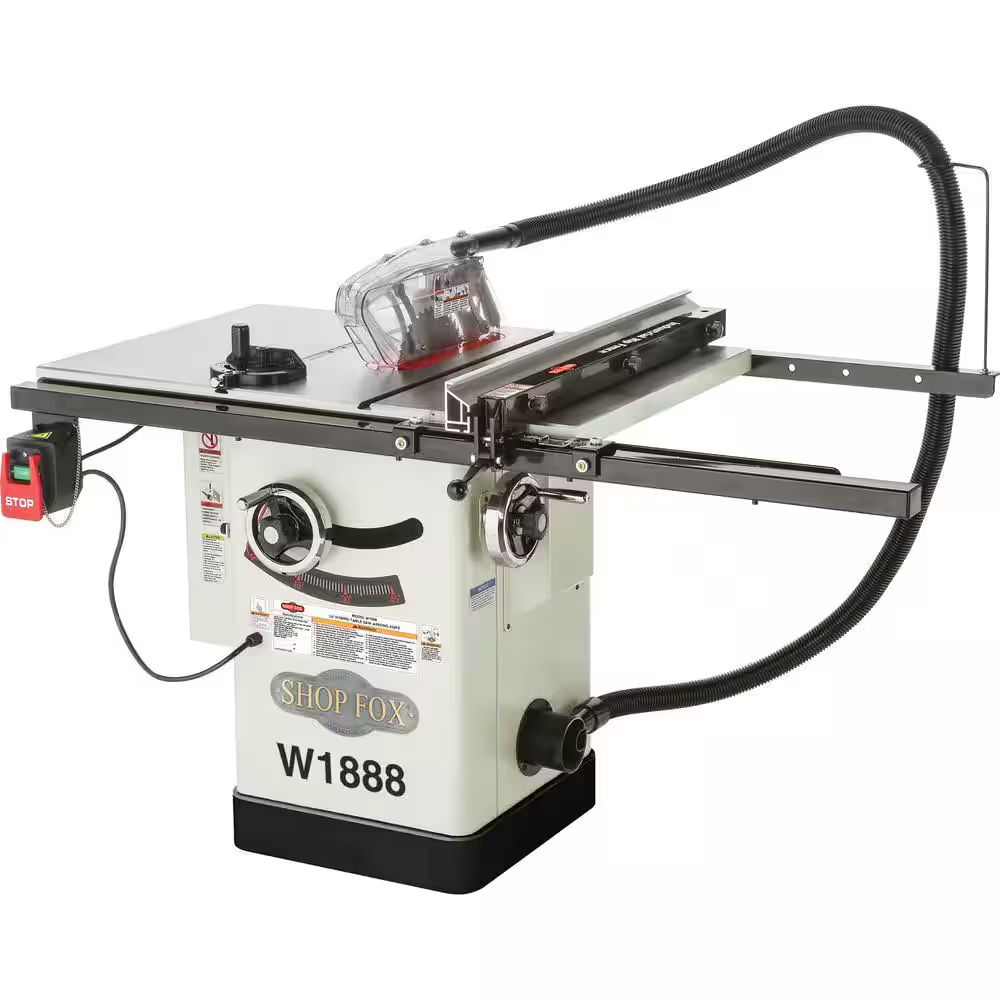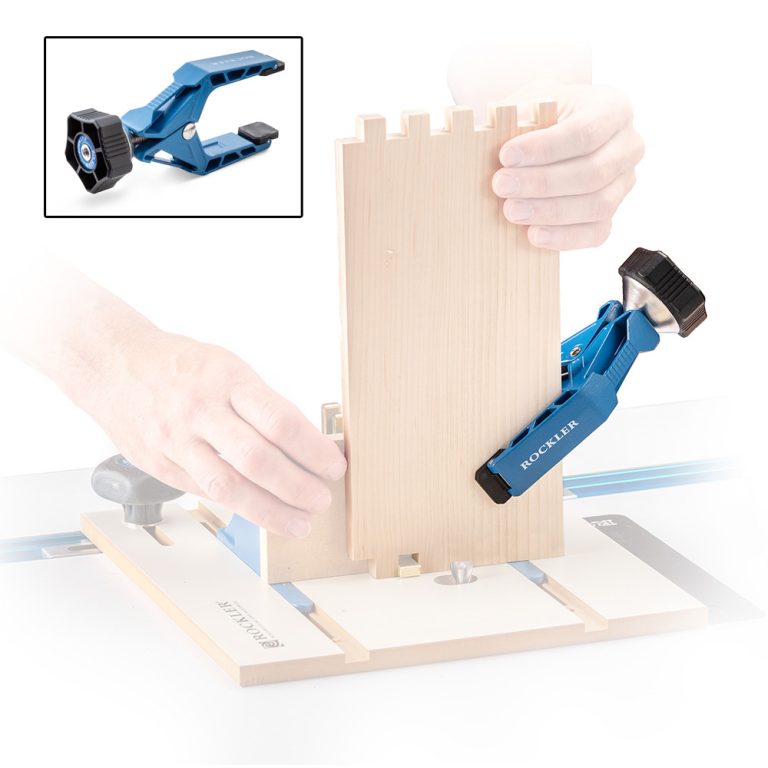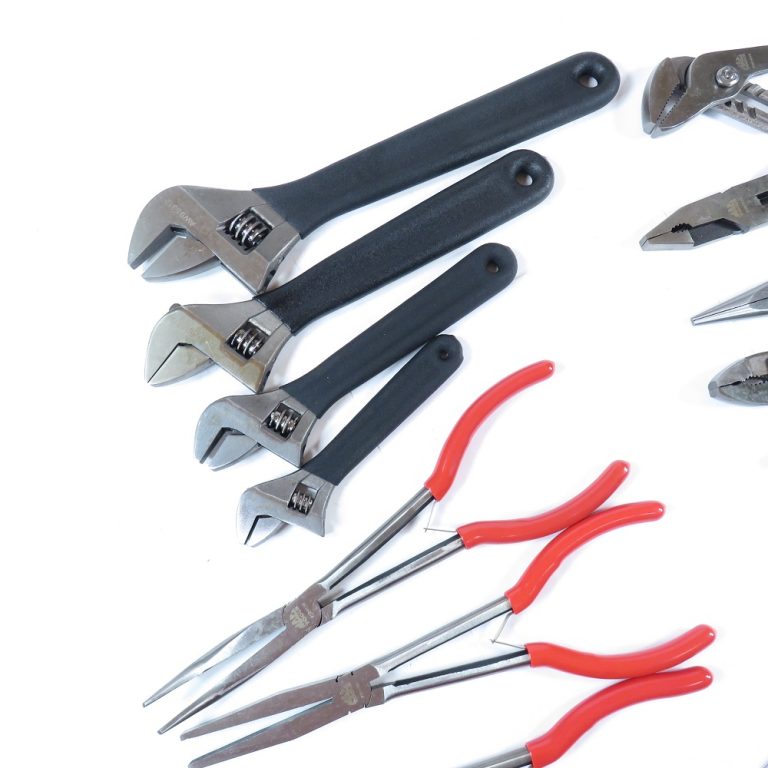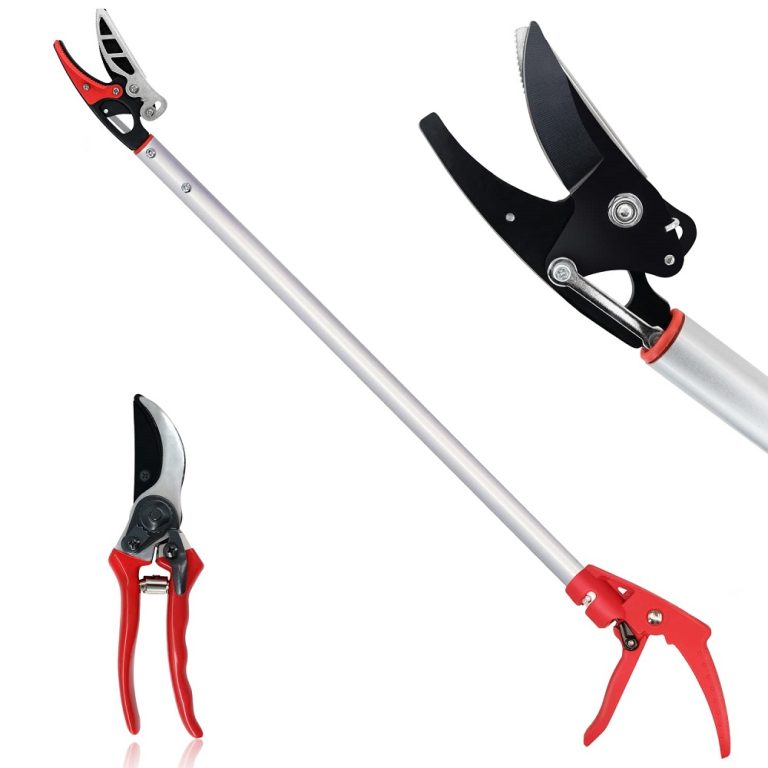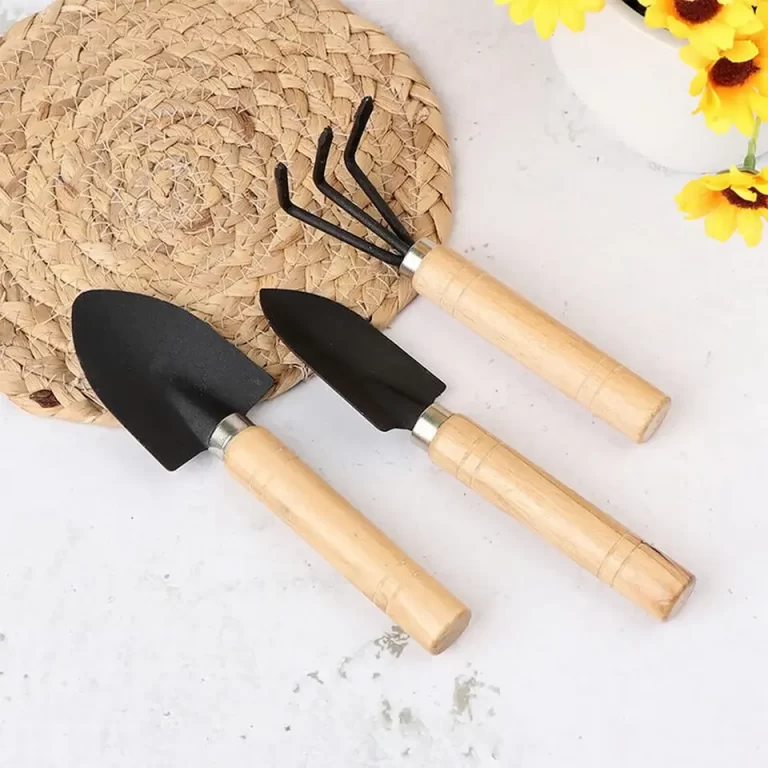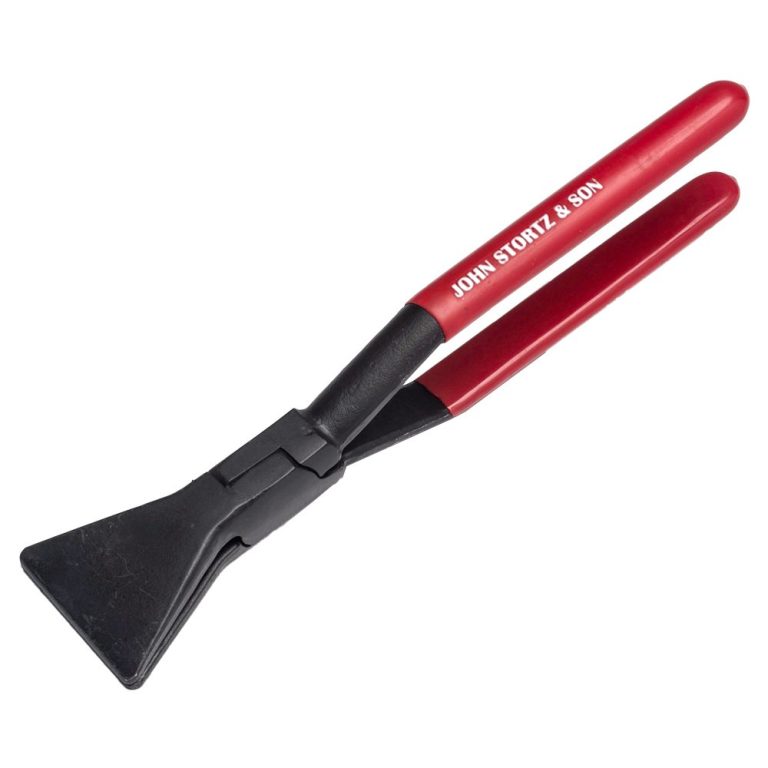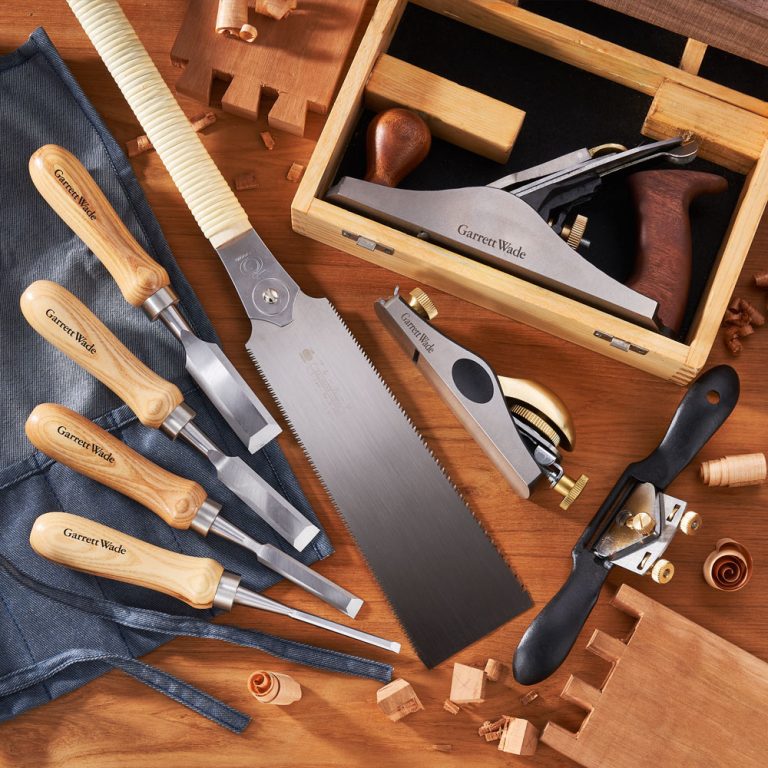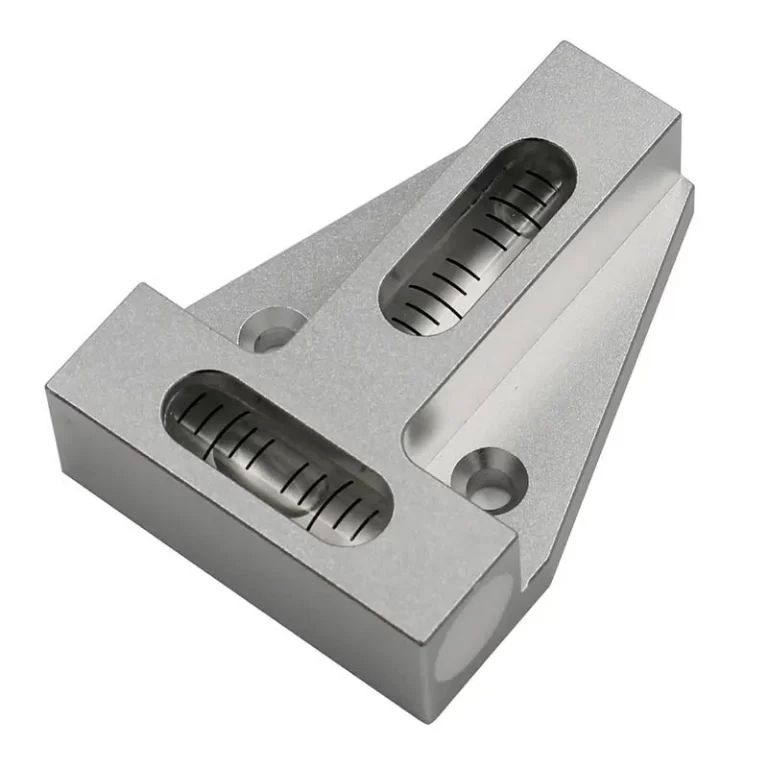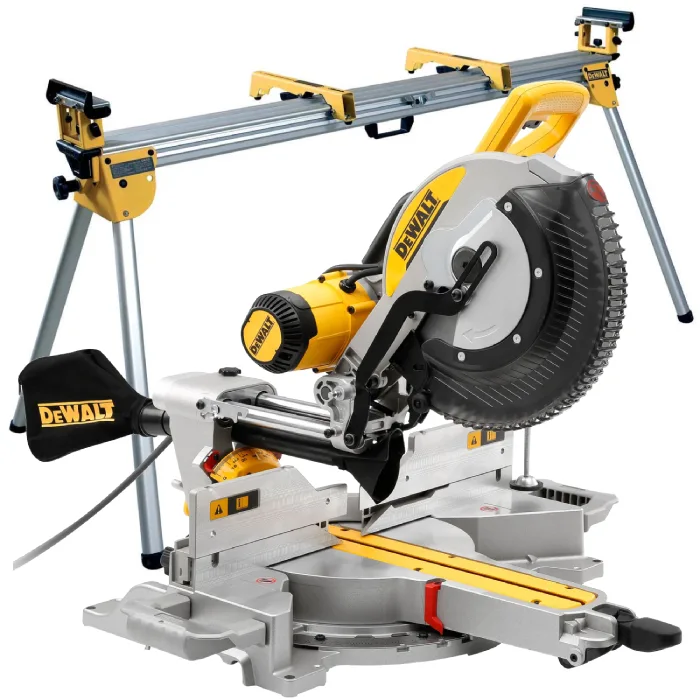Types of Shop Saws
Choosing the right type of shop saw is crucial for any woodworking project. Here’s a breakdown of the different shop saws available.
Table Saws
Table saws are versatile and powerful tools essential in any workshop. These saws are perfect for making straight cuts and are ideal for handling large pieces of wood. Their flat surface allows for precise cuts and supports wood for a variety of cut types.
Miter Saws
Miter saws are the go-to for making angled cuts. They feature a swinging arm that allows the blade to pivot for precise miter, bevel, and compound cuts. This saw is perfect for picture frames, door frames, and crown molding.
Band Saws
Band saws use a long, sharp blade that consists of a continuous band of toothed metal stretched between two or more wheels. They excel at cutting irregular shapes and can also rip lumber into thinner pieces. They are a must-have tool for intricate woodworking.
Circular Saws
Circular saws are handheld tools that are perfect for quick, straight cuts. They can handle a variety of materials, including wood, plastic, and metal. With the right blade, a circular saw can cut through almost anything cleanly and quickly.
Jigsaw
Jigsaws are the tools of choice for cutting curved and intricate patterns in wood. With a fine blade moving up and down, the jigsaw provides the ability to make detailed cuts and is highly maneuverable for creative woodworking.
Scroll Saws
Scroll saws specialize in creating intricate curves and designs with their thin blades. They are ideal for decorative projects, complex cuts, and are capable of cutting more delicate materials without causing damage.
When selecting shop saws, it’s important to assess the requirements of your specific projects and consider factors like power, size, and blade type. Each shop saw offers distinct advantages and capabilities, fitting into the crafting process in its unique way.

Factors to Consider When Selecting a Shop Saw
Selecting the right shop saw involves several factors beyond just the type of saw. It’s essential to understand the requirements of your projects and how each saw’s capabilities align with those needs. Below are key factors to consider when choosing a shop saw for your workshop.
Power and Performance
The power output and performance of a shop saw determine its cutting capabilities. Look for a saw with enough horsepower to cut through your typical workpiece material effortlessly. Remember that higher power often means faster and more efficient cuts, but it can also lead to increased noise and vibration. As such, weigh the benefits of power against the practicality for your workspace.
Size and Portability
Size matters when it comes to shop saws. A large saw offers more cutting space and stability, but may also take up valuable shop area. If your workspace is limited or you require the flexibility to move the saw between sites, consider a compact or portable model. Folding stands and wheels can enhance a saw’s portability without sacrificing performance.
Safety Features
Safety is paramount in any workshop. Shop saws come with various safety features such as blade guards, riving knives, and emergency stop buttons. Ensure the saw you choose has adequate safety mechanisms to prevent accidents. Look for easy-to-use controls that don’t compromise safety for convenience.
Precision and Adjustability
For projects that demand accuracy, the precision and adjustability of your shop saw are crucial. Fine-tuning controls for blade angle and depth should be accessible and straightforward. This allows for more accurate cuts and a better finish on your workpiece. A saw with a solid fence and miter gauge can greatly improve precision as well.
When considering these factors, think about the long-term use of the shop saws and how they might serve you as your skills and projects evolve. Always keep safety, accuracy, and the nature of your work at the forefront when selecting the right tool.

Saw Blades and Accessories
Choosing the right blades and accessories enhances the performance of your shop saws. Correct tools ensure clean cuts, safety, and extended saw life.
Types of Blades
Different projects need specific blade types. Here are the common ones:
- Rip Blades: Best for cutting along the wood grain.
- Crosscut Blades: Ideal for cutting across the grain.
- Combination Blades: A mix for both rip and crosscut work.
- Dado Blades: Used for making grooves in wood.
- Tile Blades: Designed to cut through tiles and masonry.
Select a blade that matches the material and type of cut you need.
Maintenance Tips for Saw Blades
Regular blade care boosts performance and safety. Follow these tips:
- Clean blades after each use to remove resin and wood chips.
- Sharpen dull blades to ensure precise cuts.
- Store blades in a dry place to prevent rust.
- Check for blade wear or damage before use.
A well-maintained blade cuts better and lasts longer.
Must-Have Shop Saw Accessories
Enhance your sawing experience with these accessories:
- Push Stick: Keeps fingers safe when cutting.
- Miter Gauge: For accurate angled cuts.
- Rip Fence: Guides wood for straight cuts.
- Saw Stand: For saw stability and height adjustment.
- Dust Collection System: Minimizes sawdust and keeps the air clean.
Invest in accessories that support your work and ensure safety.

Budgeting for Your Shop Saw
Choosing the right shop saw also means finding one that fits your budget. Here are some considerations for getting the most value for your money.
Cost-Efficient Models
When budgeting for a shop saw, cost-efficient models are a great starting point for hobbyists or occasional users. Look for saws that offer:
- Basic features that meet your needs.
- Reliable performance for common tasks.
- Good reviews and user feedback.
- Warranty and customer service support.
Remember, while cheaper saws might save money upfront, they may lack longevity or the precision required for more complex projects.
Investing in Professional-Grade Saws
For serious woodworkers, investing in professional-grade saws can be worthwhile. These models usually come with:
- Higher power and performance capabilities.
- Advanced safety features.
- Better precision and durability.
- Long-term warranty options.
While the initial cost is higher, professional-grade saws are built to handle frequent use and demanding projects, making them a smart long-term investment.
When budgeting for shop saws, consider not only the purchase price but also the cost of blades, accessories, and future maintenance. Choose the best saw that provides the reliability and functionality you need without overspending or undershooting your woodworking ambitions.
Popular Brands and Manufacturers
When shopping for shop saws, the brand can be a strong indicator of quality and reliability. It’s important to be familiar with popular brands in the market to make an informed decision.
Top Brands Overview
Several brands stand out in the shop saw industry due to their reputation for durability, precision, and customer satisfaction. These include:
- DeWalt: Known for high-class tools, DeWalt offers sturdy and efficient shop saws.
- Bosch: Offers innovative and reliable saws suitable for professionals and hobbyists.
- Makita: Famed for their cordless technology, Makita saws are both portable and powerful.
- Craftsman: A household name for years, Craftsman is synonymous with affordability and quality.
Each brand carries a range of shop saws that cater to different needs, from casual DIY work to professional carpentry.
Comparing Models and Warranties
In addition to the brand, it’s critical to compare different models and their warranties. A longer warranty may imply a manufacturer’s confidence in their product. Here are some tips:
- Check warranty duration; a longer warranty can offer peace of mind.
- Consider what the warranty covers; some include parts, labor, or both.
- Look at customer support services for ease of getting help if needed.
When selecting a shop saw, balance between brand reputation, model specifications, and warranty offerings to get the tool that best meets your requirements.
Tips for Care and Maintenance
Proper care and routine maintenance can extend the life of your shop saws. Here’s how to keep them in top shape.
Routine Maintenance Checklist
Pay attention to these routine maintenance steps:
- Clean After Use: Wipe down your saw to remove dust and debris.
- Lubricate Moving Parts: Apply lubricant to ensure smooth operation.
- Check for Wear: Inspect belts, cords, and blades for signs of wear.
- Tighten Loose Parts: Adjust any loose components to prevent damage.
- Verify Alignment: Ensure the blade and fence are aligned for accurate cuts.
- Inspect Safety Features: Test safety switches and blade guards regularly.
Adhering to this checklist helps maintain your shop saw’s performance and safety.
Addressing Common Issues
Stay ahead of these typical saw problems:
- Blade Bind: Use a push stick or blade guard to prevent this issue.
- Burn Marks on Wood: Check blade sharpness and replace if necessary.
- Inaccurate Cuts: Calibrate your saw’s fence and miter gauge for precision.
- Excessive Vibration: Ensure the saw is stable and check for worn parts.
- Trouble Starting: Verify the power source and look for faulty switches.
Fixing common issues promptly prevents more significant problems down the line.
Practical Applications and Projects
Utilizing the right shop saws can bring a range of creative and practical projects to life. Whether you’re a DIY enthusiast or a professional carpenter, the applications are vast.
DIY Home Projects
DIY home projects are both satisfying and cost-effective. With a basic shop saw, you can craft bookshelves, build a deck, or make a simple piece of furniture. For precision cuts, table saws and miter saws are ideal. Circular saws offer portability for outdoor projects like fencing. Jigsaws allow you to add creative details to your work. Band saws and scroll saws are perfect for crafting unique shapes and designs.
Always prioritize safety and precision. Remember to choose the right blade for the material you’re cutting. Use push sticks and safety gear to protect yourself. With the correct preparation and shop saw, you can transform an idea into a reality.
Professional Woodworking and Carpentry
Professionals need tools that can withstand heavy use and deliver precise results. High-quality table saws and miter saws are staples for accurate cuts in complex pieces. Band saws allow for re-sawing lumber and cutting thicker stock. For cabinetry and detailed work, a reliable scroll saw is essential.
Investing in professional-grade saws means you’re ready for varied projects, from custom furniture to intricate millwork. Accuracy is key, so calibrate your tools regularly. A dust collection system helps maintain a clean workspace and prolongs tool life. By selecting the right shop saws, professionals can meet the demands of any project with confidence.
